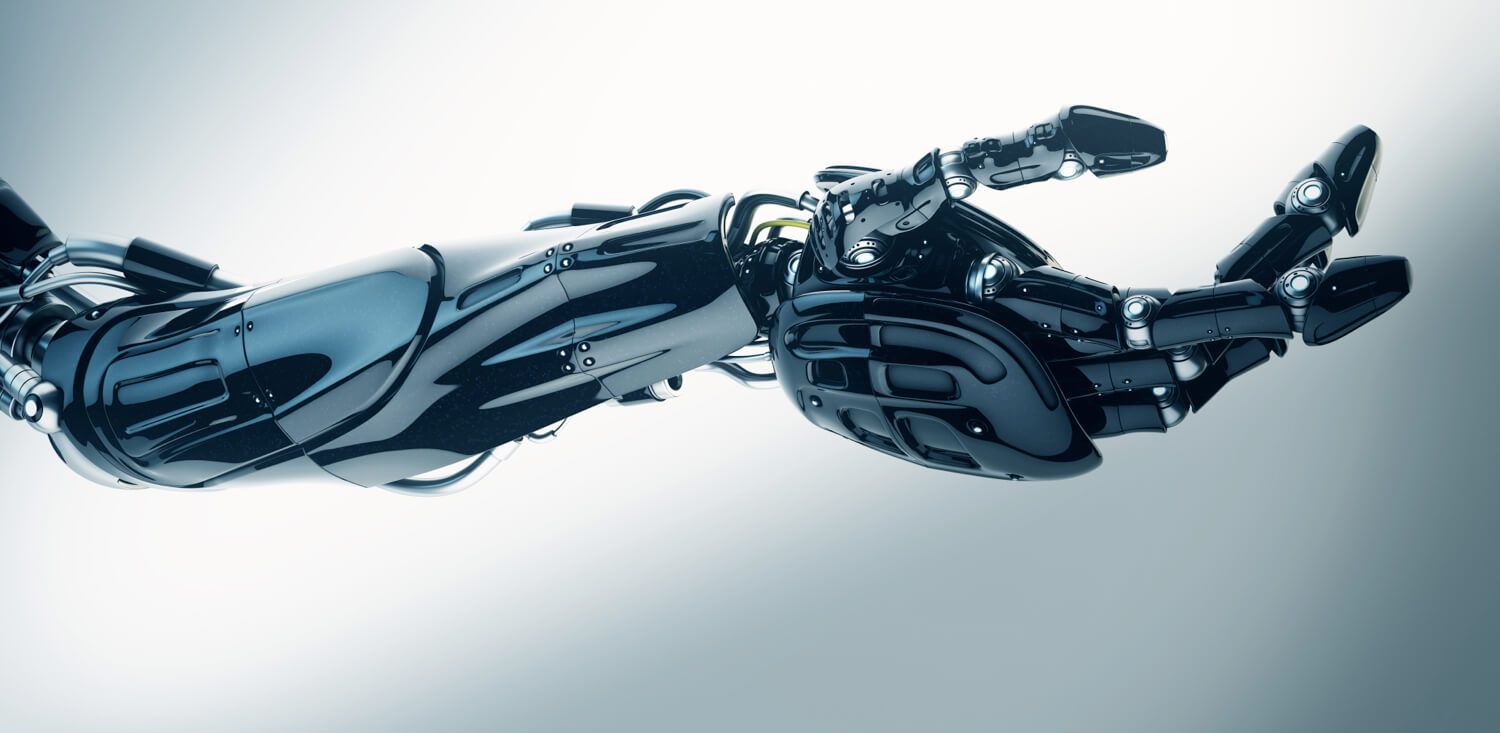Oct 15, 2015
How Traveling to Deep Space In Cryogenic Sleep Could Actually Work
Posted by Sean Brazell in categories: food, neuroscience, space travel
Our bodies aren’t meant for space. We require too much maintenance to speed through the stars. We need a steady supply of things absent from space — namely water, food and oxygen. We crave warmth but won’t find it in deep space, where the average temperature is −455 degrees Fahrenheit. Even if we could survive in an icy vacuum without sustenance, we’d probably go insane without distractions and room to move.
But aeronautic engineers believe they have found the key to solving that puzzle: put your space travelers to sleep. Long-term cryogenic and hibernative sleep may be the key to getting humans to Mars, and beyond. But it may first come to a spa near you.


















